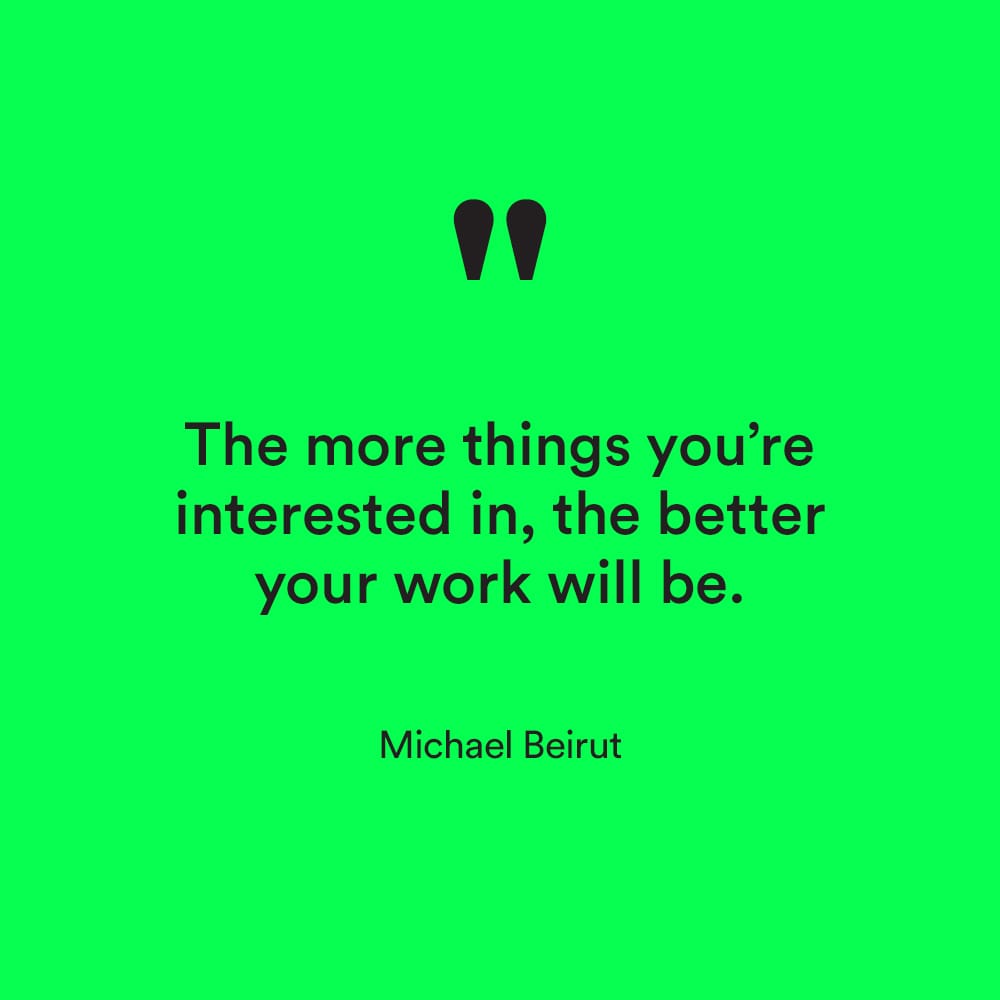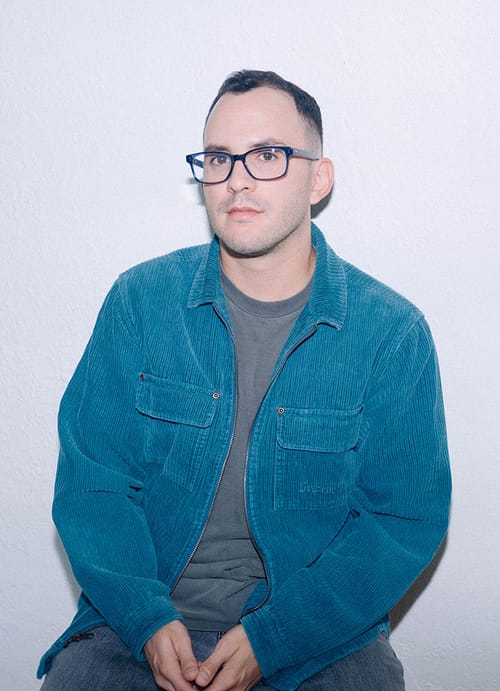Hello Friends,
In this edition, I'm thrilled to feature Cesar Idrobo, a designer who has truly left his mark in the industry. With a decade of immersion in the design realm, Cesar brings a wealth of expertise to the table. His journey is marked by a unique fusion of industrial design expertise and a deep understanding of footwear and apparel manufacturing processes.
Cesar's ability to craft avant-garde concepts that strike the delicate balance between innovation and practicality is remarkable. His industrial design background serves as a cornerstone, allowing him to infuse each idea with a touch of realism that resonates with clients and consumers alike.
Throughout his career, Cesar has collaborated with industry giants such as YEEZY, adidas, Puma, Nike, and SKIMS, among others. These experiences have not only provided him with invaluable insights but also given him the opportunity to push the boundaries of creativity.
With every project, Cesar's commitment to excellence shines through, cementing his reputation as a trusted innovator in the design landscape. I'm excited to dive into a conversation with Cesar to learn more about his creative process, inspirations, and the lessons he's gathered along the way.
Let's jump into the Q&A!
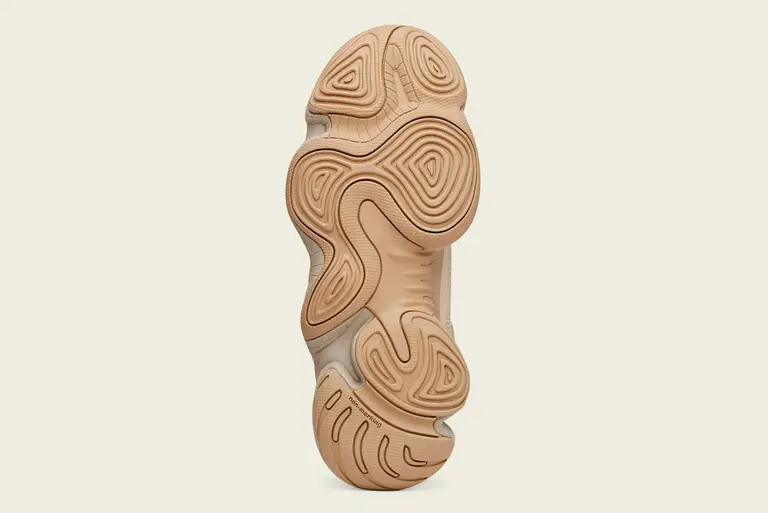
✱ How do you approach brainstorming and your overall creative process?
My approach varies depending on my mood and the nature of the project. When I'm brainstorming solo and struggling to visualize the end product, I turn to my curated library of go-to sources of inspiration. I often create visual pools, exploring different directions the project could take. From there, I start cross-pollinating ideas to see what unique results emerge.
On the other hand, when I have a strong intuition about what I want, I dive straight into creating a proof of concept. I believe that when you have a clear vision, your energy is best spent bringing it to life. I always keep in mind the saying,
"A picture is worth a thousand words, but a prototype is worth a thousand meetings."
This couldn’t be more true in my experience—sometimes, the best way to communicate an idea is to simply create it.
✱ Where do you gather inspiration for your designs and how do you keep up with current trends?
I draw inspiration from a variety of sources, including my surroundings, movies, books, and even unconventional places like trash or observing homeless people. I aim to create my own inspiration rather than relying on existing visual assets like Google images. A simple daily walk to the mall helps me gauge current trends by observing the contrast between what people are wearing versus what stores are selling.
However, my purpose in keeping up with trends is more about understanding what to avoid. Trends are, by nature, something that's already been processed and digested by the masses. My focus is on creating something new and better. Rather than chasing trends.
I prefer to stay updated on manufacturing methods and explore the possibilities of what the future could look like.
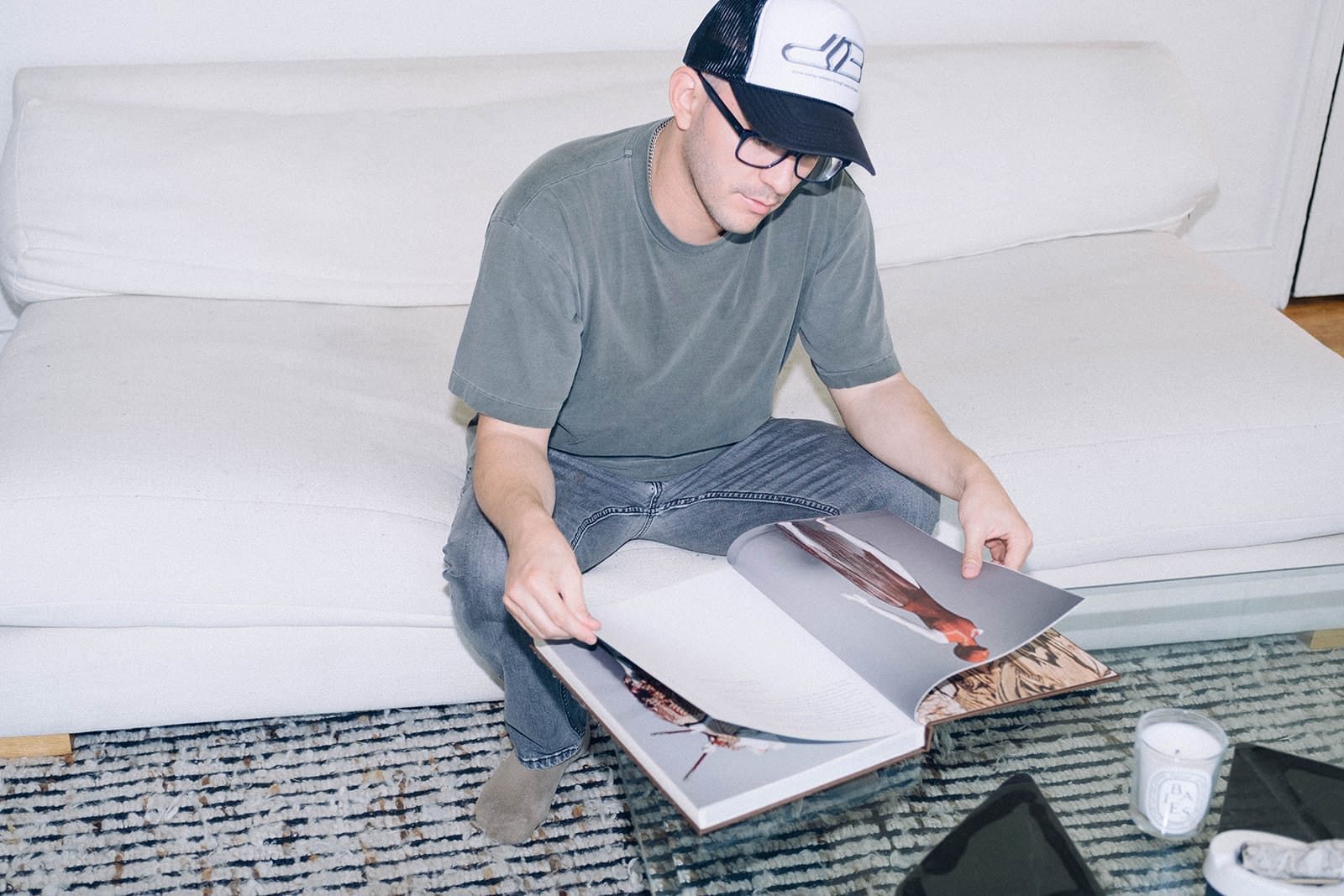
✱ How has a failure or unexpected outcome in your past work reshaped your design philosophy or approach?
Failure and unexpected outcomes have taught me to value the journey and the process more than the final result. I've realized that I don't need to have all the answers upfront, and not everything has to make sense right away—logic comes later.
This has helped me trust myself and the people around me more.
When faced with nearly impossible projects, which happens often, I remind myself that I have what it takes to succeed. I also reflect on who within my circle of friends or network might help me tackle challenges beyond my expertise. I've learned that there's nothing wrong with asking for help and being honest about my limitations.
As for my design philosophy, I’ve come to embrace having no fixed philosophy at all.
I don’t want my imagination to be constrained by rigid rules.
Instead, I focus on raw creation and a straightforward interpretation of my ideas, allowing my creativity to flow without unnecessary restrictions.
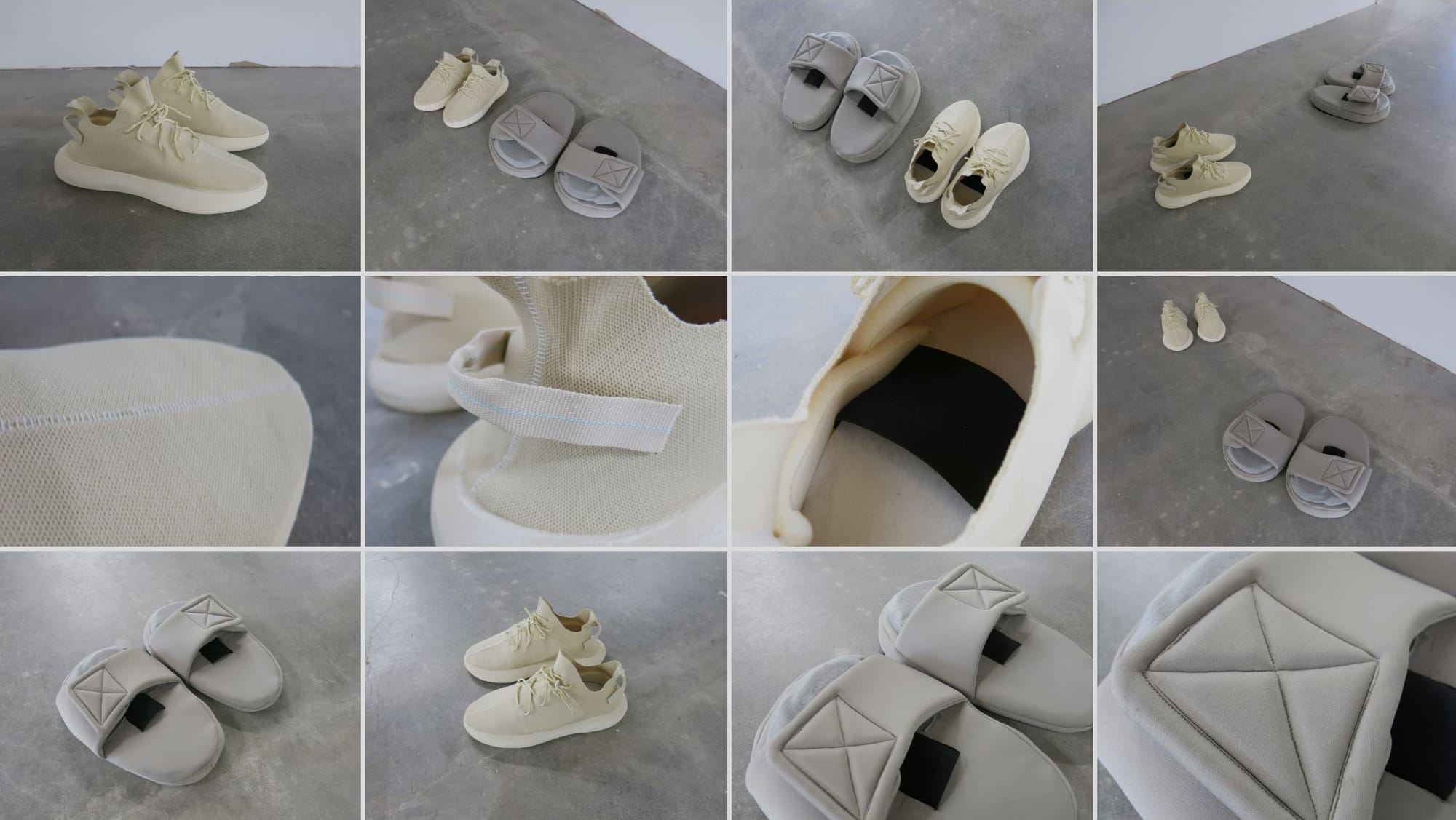
✱ How do you balance innovation with constraints like timelines and budgets?
There's a delicate balance between creating a product that's innovative enough to stand out but still cost-effective and timely. It's crucial for designers to be resourceful and know when a product is "done." Most consumers don't care how long it took to create something if the final product is poorly executed.
I lean toward quick, good-enough, and cost-effective options when making decisions. It's important to remember that a product will never be perfect, so I prefer to focus on getting something out there, gaining traction, and then working on the next iteration. The key is to make something, learn from it, and continue improving with each version.
✱ What advice would you give to aspiring designers aiming to achieve your level of success?
Read. Read a lot. A book can propel you 2, 3, even 5 years ahead in your career. It can ignite beautiful ideas that shouldn’t be dismissed just because you're in college or lack relevant experience. Capturing the ideas that come to you while reading is crucial—they’re often a sign that you’re onto something significant. After all, everything starts with an idea. Apple, for example, began with the idea of revolutionizing how we think about computers, one step at a time.
Additionally, study and read the biographies of people you admire and want to emulate.
Learn from their journeys and replicate what they did to achieve success. Finally, take the necessary steps to master the craft in your chosen field. In my case, I learned how to make shoes before I started designing them, which gave me the foundational knowledge to translate ideas into products effectively.
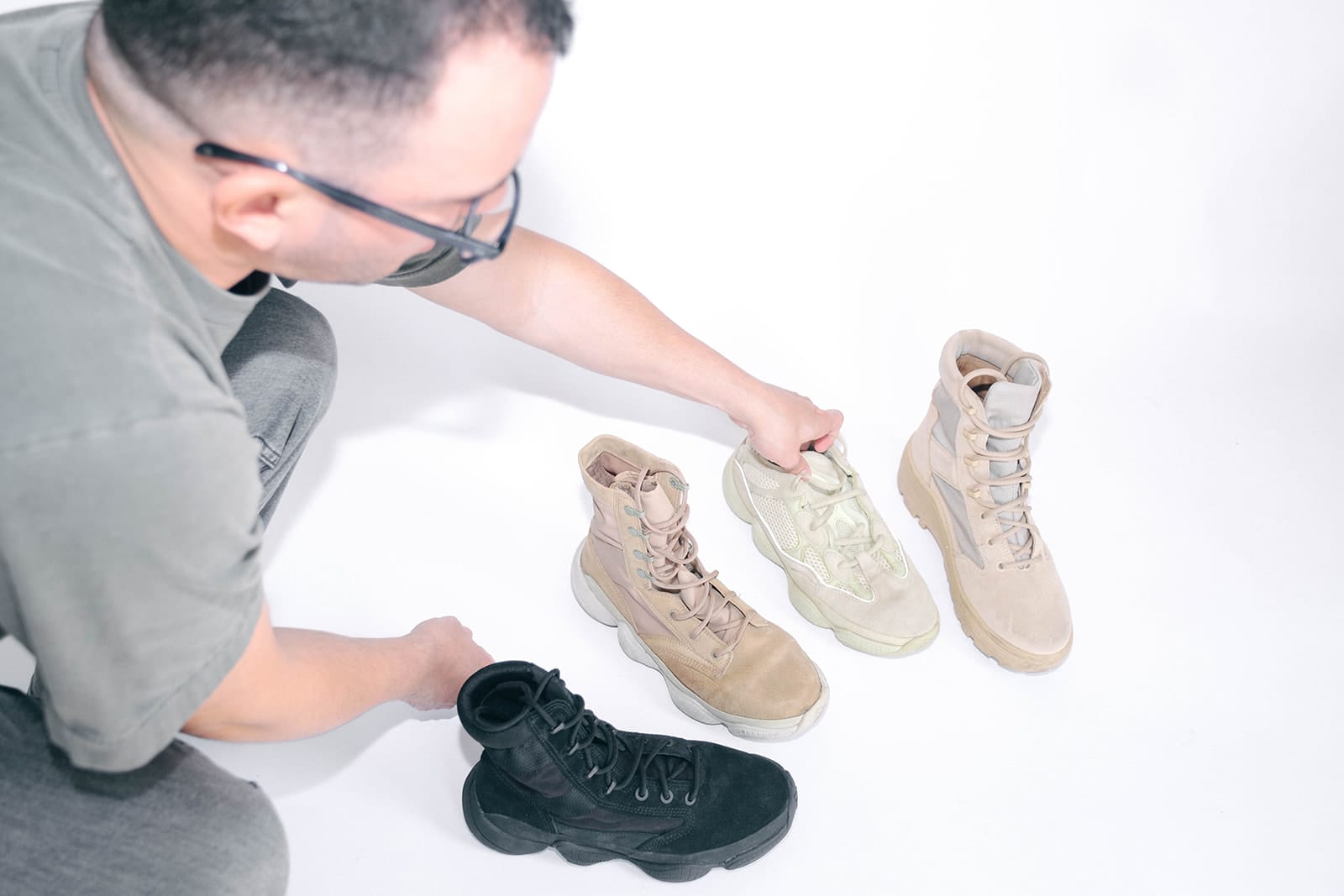
A huge thank you to Cesar for sharing his valuable insights and creative journey with us. His approach to design, innovation, and craftsmanship is truly inspiring, and I'm sure you found this conversation as enlightening as I did.
For those looking to connect and stay inspired by Cesar’s work, you can follow him on LinkedIn and subscribe to his YouTube channel, The Moodboard Podcast. The podcast drops an episode every week, offering insightful conversations and experiences to help unlock your creative potential. Plus, stay tuned—Cesar is working on something exciting with his brand, although a lot is still TBD.
I hope you had a great read. Until next time, stay curious and keep pushing the boundaries of your creativity!
Dream Big!
Hussain Almossawi

On Running LightSpray
If this hasn’t crossed your feed yet, about a month ago, On Running introduced LightSpray™, a cutting-edge technology that’s making waves in the footwear industry. It combines robotics and innovative materials to streamline the shoe-making process into a three-minute, low-waste operation. The result is their lightest elite-level shoe, the Cloudboom Strike LS.
What’s particularly interesting is how the process works: a robot precisely layers 1.5km of filament onto a racing midsole, forming the entire shoe upper in a single step—no glues, no seams, and significantly less waste. It’s a big step forward in sustainable and efficient design.
If you’re interested in learning more, you can dive into the details on the Hypebeast article, or explore the full story on On Running’s official page.

